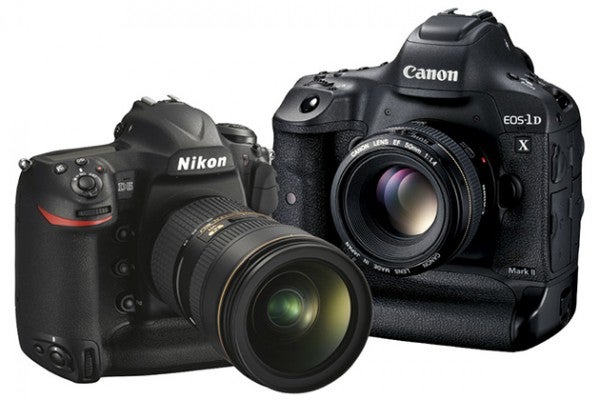Canon and Nikon’s new, top-end cameras are, at first glance, quite similar, until you look below the surface
For followers of new camera introductions, these are interesting times. Both of the major manufacturers are releasing their top-end photojournalist cameras, the Nikon D5 and the Canon EOS-1D X Mark II. In many ways, both cameras have specifications that could have been predicted. Each moderately increases the pixel count compared with its predecessor (interestingly, the new cameras have much the same pixel count), both have slightly higher frame rates and improved autofocus, and both sport 4K video capability. However, study them more closely and you find that, strangely, they appear to have swapped roles.
Over the past couple of generations, Nikon has built up an advantage over Canon with respect to the dynamic range available at the base ISO. Dynamic range is the ratio of the largest possible signal to the smallest, which, in the end, is defined by the amount of residual noise in the system.
In the past, with Canon cameras, when set to low ISO settings, there was a lot of residual noise compared with Nikon (and indeed most other brands). The reason for this was that Canon’s analogue- to-digital converters (ADCs) were on a separate chip from the sensor. This limited the number of communications channels between the two, resulting in the use of a limited number of ADCs (usually 16 in the top-end Canon cameras), which in turn had to process data very quickly.
There is an unbreakable link between speed of operation and noise, so the result is that these ADCs introduced quite a lot of noise. This is the noise that lingers in the shadows, otherwise known as read noise. Nikon, meanwhile, had taken to building the ADCs onto the sensor chip, which made it easier to include a greater number of them, which in turn meant they could run slower and quieter. This greater number ranged from 24, in the D4, to thousands in its other cameras which used a column-parallel arrangement whereby an ADC (or two) would be built into each column of the sensor array.
The noise of the ADC is less critical at high ISOs, where the signal is boosted so that the residual electronic noise of the sensor swamps the ADC noise. As a result, performance of Canon cameras wasn’t hindered at high ISOs, but the available dynamic range at low ISOs was limited.
Comparing the characteristics of the EOS-1D X Mark II and the D5, a strange turnaround can be observed. The Canon has apparently made use of column ADCs and has very good dynamic range at low ISOs, whereas the Nikon performs like Canons of old, with limited dynamic range at low ISOs, but superlative high ISO performance. The technical reasons for this are unclear. So far as Canon is concerned, it has been in the wind that it would turn to column ADCs sooner or later. With respect to Nikon, this design is unexpected. Presumably, its design goals were very clearly with high-ISO performance and, on evaluating alternative solutions, the old-fashioned one turned out to be the best.
Bob Newman is currently Professor of Computer Science at the University of Wolverhampton. He has been working with the design and development of high-technology equipment for 35 years and two of his products have won innovation awards. Bob is also a camera nut and a keen amateur photographer





